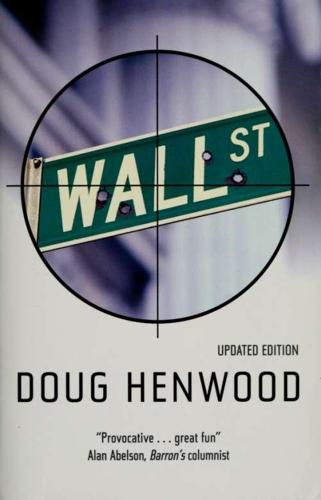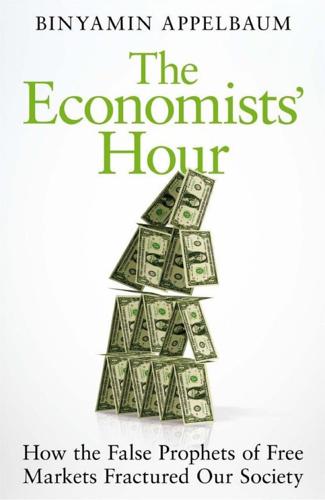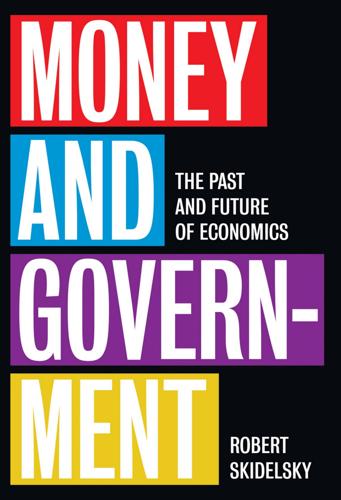
The Lords of Easy Money: How the Federal Reserve Broke the American Economy
by
Christopher Leonard
Published 11 Jan 2022
It would make him stubbornly passionate, decades later, when he debated quantitative easing. Hoenig had seen firsthand how an FOMC decision made in a day, in a single vote, took months or even years to express itself fully in the world as the effects filtered out through the banking system and economy. “Monetary policy operates with what they refer to as ‘long and variable lags,’ ” Hoenig said later. He said this repeatedly, sometimes in a way that looked like he wanted to pound the table to get his point across. His frustration stemmed from the fact that this piece of hard-earned knowledge seemed to be ignored at every turn. When there was short-term trouble, like a drop in the market or a jump in unemployment, the Fed intervened.
…
During the job interview with Tom Hoenig, Greenspan listened more than he talked. Greenspan asked Hoenig about his theories on monetary policy. Hoenig said that the crisis of the 1980s had allowed him to see the powerful consequences of the FOMC’s decisions. Hoenig had overseen the banks when prices and asset values were climbing, and he had seen the long and variable lags that occurred when the FOMC kept money too cheap for too long. It had fallen to him to dispatch the failed banks after Volcker brought inflation to a violent end. “I was someone who was aware of the effects of easy policy for too long,” Hoenig recalled. “I though policy should be done very carefully, with an eye toward inflation.”
…
But Hoenig also held genuine respect and admiration for Alan Greenspan. He had cast only one dissenting vote on the FOMC before 1998. It happened in the summer of 1995, when Greenspan was pushing to cut interest rates at a time when Hoenig believed rates were already low enough. Hoenig was haunted by the rule of long and variable lags, and the experience of watching the FOMC create the Great Inflation without even realizing it. Rate cuts were often presented as a form of “insurance” against a future downturn, and that’s how the cut of 1995 was being presented. “I am concerned that that insurance comes with its own price,” Hoenig said before casting his “no” vote.

The Measure of Progress: Counting What Really Matters
by
Diane Coyle
Published 15 Apr 2025
A key voice is Erik Brynjolfsson, whose work in the dot-com boom of the 1990s demonstrated that companies adopting digital technologies do not experience productivity improvements u nless they spend about ten times more on reorganising their production processes than on buying information and communications technology (ICT) equipment (Brynjolfsson and Hitt 2000). He has recently described this as a “productivity J curve”: at the firm level, productivity first declines when new technology is adopted, before it then increases (Brynjolfsson et al. 2021). This phenomenon of long and variable lags has also been noted often in the economic history literature, famously so by Paul David (1990), who, in documenting the half c entury it took from the invention of basic electricity technologies to the spread of electricity in factories and homes, described the phenomenon of “technological presbyopia.”

Capitalism 4.0: The Birth of a New Economy in the Aftermath of Crisis
by
Anatole Kaletsky
Published 22 Jun 2010
Although monetary growth is in some sense a necessary condition for rapid inflation, the precise correlation between money and inflation has never been even roughly quantified because money can be defined in so many ways in a modern capitalist economy and the influence on inflation of any of these ways of measuring the money supply can be observed only with “long and variable lags.”12 Modern monetary economics initially tried to dodge this problem by looking for one correct definition of the money supply that would always correlate closely with inflation. But all attempts to find this Holy Grail broke down as inflation seemed first to correlate with one way of measuring money and then another.

Wall Street: How It Works And for Whom
by
Doug Henwood
Published 30 Aug 1998
Thirty years later, Friedman's faith seemed a bit shaken: "It is tempting to conclude from the close average relation between changes in the quantity of money and changes in money income that control over the quantity of money can be used as a precision instrument for offsetting the forces making for instability in money income. Unfortunately, the loose relation between money and income over short periods, the long and variable lag between changes in the quantity of money and other variables, and the often conflicting objectives of policy-makers preclude precise offsetting control" (Friedman 1992). Now he tells us. Quantity theorists have almost unanimously made exceptions for money's non-neutrality in the short term: a jolt of fresh money could, by goosing up prices, boost confidence, profits, and production for a little while.

The Economists' Hour: How the False Prophets of Free Markets Fractured Our Society
by
Binyamin Appelbaum
Published 4 Sep 2019
Also, while the first windfall would come as a surprise, people presumably would be more likely to treat a second windfall as inflationary. This was an important piece of Friedman’s theory. He argued experience would diminish the value of a continuing stimulus campaign, forcing the government to print even more money to achieve the same effect. 73. Friedman’s view that the effects of monetary policy were felt after “long and variable lags” is a prime example of an idea that is now so conventional that Friedman is rarely given credit, nor is it widely remembered that his view was once controversial. 74. Friedman and Heller, Monetary vs. Fiscal Policy: A Dialogue, 30. Heller also pointed out that Friedman’s approach would work only if the United States allowed the value of the dollar to float against foreign currencies.

Money and Government: The Past and Future of Economics
by
Robert Skidelsky
Published 13 Nov 2018
Friedman would provide the theoretical rationale for the ‘supply-side’ policies of Thatcher and Reagan in the 1980s and the ‘structural adjustment’ policies later advocated by the IMF as a condition for loans to needy countries. Although monetary policy (and, even more so, fiscal policy, which operates with ‘long and variable lags’) is ruled out as a short-term 181 T h e R i s e , T r i u m p h a n d Fa l l of K e y n e s regulator of business activity, monetary policy comes into its own as a stabilizer of prices. To combat inflation, governments should limit the rate of money growth to the rate of productivity growth.